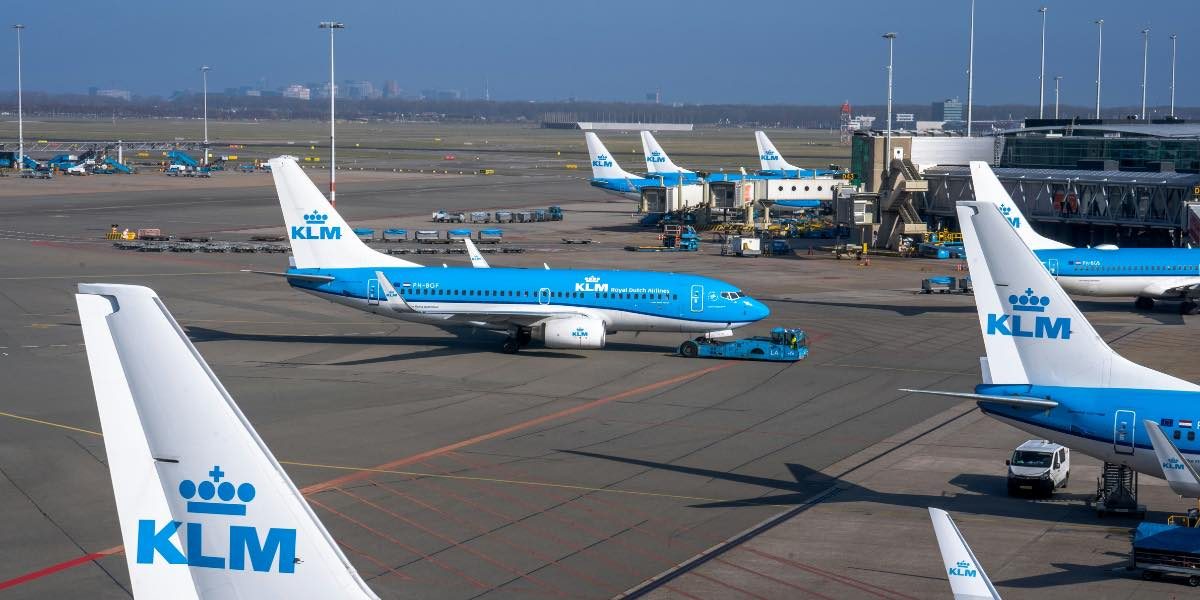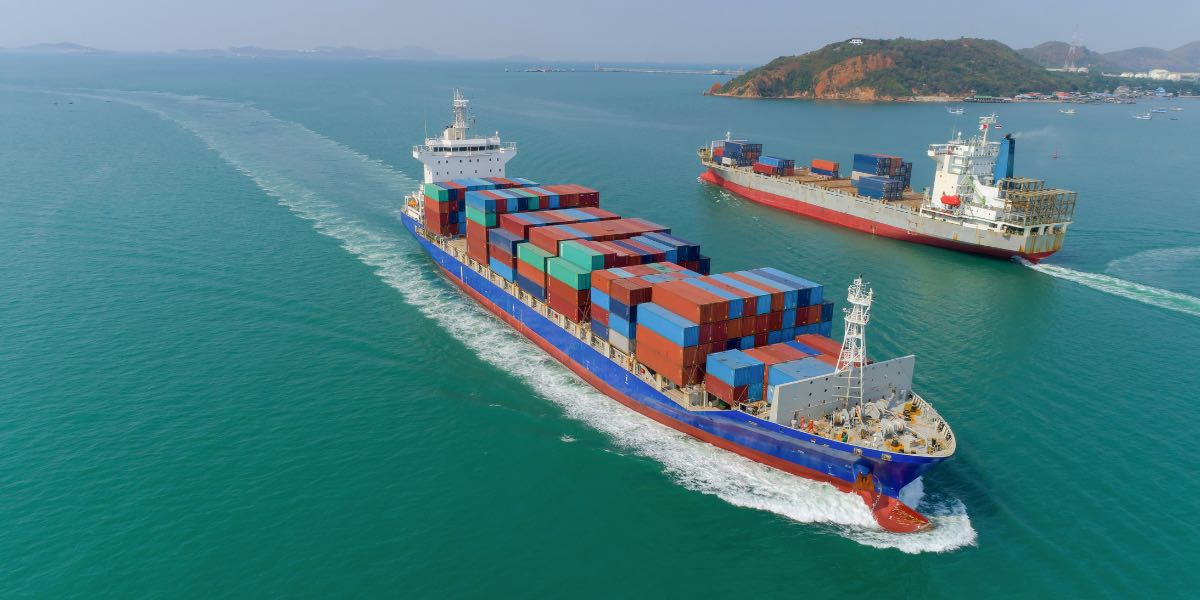Understanding air traffic involves examining the coordination of aircraft movement within the airspace and at airports, a complex system designed to promote safety and efficiency. The flow of thousands of flights daily is managed through a combination of human expertise, technology, and established procedures. This system requires cooperation between pilots, air traffic controllers, communication networks, navigation aids, and regulatory frameworks.
Read also: Essential Items to Pack When Traveling Abroad
The Role of Air Traffic Control in Managing Aircraft Movement
Air traffic control (ATC) is responsible for managing the movement of aircraft on the ground and in the air. Controllers provide pilots with instructions aimed at maintaining safe distances between planes, managing takeoffs and landings, and responding to unforeseen events such as adverse weather or technical malfunctions. These responsibilities span various environments, including busy airports and wide-reaching airspace sectors.
Air traffic controllers work in different facilities, such as control towers located at airports, approach control centers handling the airspace near airports, and en-route centers managing flights traveling between airports across large geographic areas. Each facility has specific roles and coordinates closely with the others to provide continuous oversight of an aircraft’s journey.
Organization and Classification of Airspace
Airspace is divided into several categories based on altitude, geography, and the density of air traffic. These categories—often referred to as classes—define the level of control and communication required between aircraft and controllers. Controlled airspace is generally found around major airports and at higher altitudes where commercial flights operate, requiring pilots to receive clearances and maintain radio contact with controllers. Uncontrolled airspace typically occurs in areas with less traffic or lower altitudes, where pilots have more discretion but must still follow established safety guidelines.
The system also establishes vertical and horizontal separations between aircraft to reduce collision risks. Flight paths are structured along established airways, which help maintain organized traffic flow. Different aircraft types, such as slower general aviation planes and faster commercial jets, are often assigned to different altitudes or routes to accommodate their operating characteristics.
Technology Supporting Air Traffic Management
Several technologies underpin the monitoring and management of air traffic. Radar remains a fundamental tool for controllers, providing real-time data on an aircraft’s position and velocity. Complementing radar, satellite-based navigation systems offer enhanced accuracy, particularly useful in remote areas where radar coverage may be limited.
Automatic Dependent Surveillance-Broadcast (ADS-B) represents a significant development. This technology enables aircraft to broadcast their GPS-derived location to ground stations and other aircraft, improving situational awareness for pilots and controllers alike. ADS-B facilitates safer and more efficient operations, especially where traditional radar is unavailable.
Communication between controllers and pilots primarily occurs through dedicated radio frequencies, allowing for timely transmission of instructions and updates. Advances in digital data communications are also increasingly used to supplement voice communication, contributing to efficiency and reducing the likelihood of miscommunication.
Phases of Air Traffic Management
Air traffic management divides the flight process into several stages, each requiring different control methods:
-
Ground Control: Responsible for guiding aircraft during taxiing on runways and taxiways before takeoff and after landing. Ground controllers coordinate the movement of multiple aircraft on crowded airport surfaces to prevent conflicts.
-
Tower Control: Oversees takeoffs and landings, managing runway access and sequencing to maintain safe distances between arriving and departing flights.
-
Approach and Departure Control: Manages aircraft entering or leaving an airport’s controlled airspace. Controllers ensure proper spacing and sequencing during climbs and descents, balancing the flow of inbound and outbound flights.
-
En-route Control: Covers flights at cruising altitudes over larger regions. En-route controllers manage aircraft traveling between airports, monitoring their positions and adjusting routes as necessary to avoid conflicts or respond to weather.
Transitions between these phases require careful coordination to ensure continuous and seamless control of the aircraft.
Challenges in Air Traffic Management
Air traffic management faces several ongoing challenges. Managing high volumes of flights requires controllers to maintain constant vigilance, especially during peak travel times. Weather conditions, including storms, turbulence, and low visibility, can affect routing and timing, requiring dynamic adjustments.
Geographical features can complicate operations. Mountainous terrain, for example, often demands specialized procedures for approaches and departures to ensure safe clearances. Urban areas with dense air traffic call for precise sequencing to prevent congestion and minimize delays.
Another consideration is balancing safety with operational efficiency. Controllers and planners aim to optimize flight paths to reduce fuel consumption and emissions while maintaining required safety margins. This often involves complex calculations and flexible decision-making.
Examples of Air Traffic Coordination in Practice
In busy airspace sectors near major airports, controllers manage incoming flights by spacing aircraft in holding patterns or adjusting their descent rates to maintain separation. This sequencing helps regulate runway usage and minimize congestion.
During weather disruptions, some flights may be rerouted to avoid storms, or controllers may implement flow control measures such as ground delays or holding patterns. Managing multiple aircraft simultaneously in these situations requires coordination between various control centers and real-time communication with pilots.
In areas lacking comprehensive radar coverage, reliance on satellite-based tracking and pilot position reports becomes crucial. This approach allows controllers to maintain awareness of aircraft locations, albeit with some limitations compared to radar.
Communication and Coordination
Clear communication between pilots and controllers is essential for effective air traffic management. Standardized phraseology helps reduce ambiguity, ensuring instructions are understood and followed accurately. Communication protocols extend beyond voice transmissions to include digital messages that convey flight data and clearances.
Controllers frequently coordinate with colleagues in adjacent sectors or facilities to hand off control of aircraft as they move through different airspace regions. These handoffs are critical to maintaining continuous monitoring and adjusting for changing traffic or weather conditions.
Training for both pilots and controllers emphasizes procedures for normal operations and contingency responses. This shared understanding supports the system’s overall resilience.
Read also: How Travel Companies Are Capitalizing on the ‘Coolcation’ Trend
Developments in Air Traffic Systems
Efforts to modernize air traffic management continue through the integration of advanced technologies and procedural updates. The increased use of satellite navigation and surveillance allows for more precise tracking and routing. Data sharing among aircraft and ground facilities supports enhanced situational awareness and decision-making.
Automation tools are being introduced to assist controllers with routine tasks and predictive analysis. These advancements may improve efficiency and reduce workload, though human oversight remains central.
Infrastructure upgrades, including new communication networks and improved radar installations, contribute to system reliability. As air traffic volumes evolve, ongoing adaptation remains necessary to meet changing demands.








